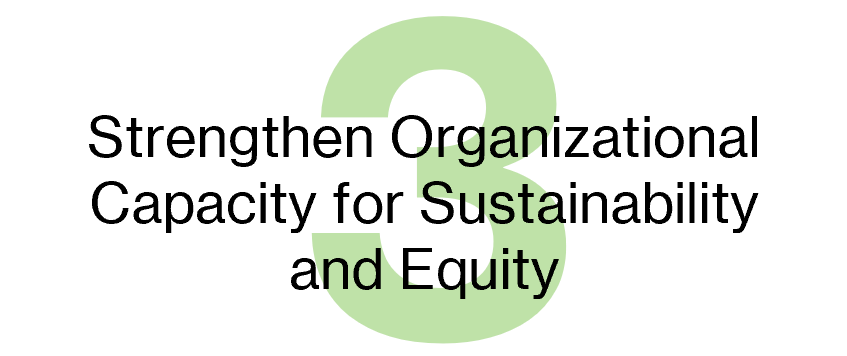About Our Strategic Plan
Our Goals & Commitments

Build and Sustain Collaborative Relationships
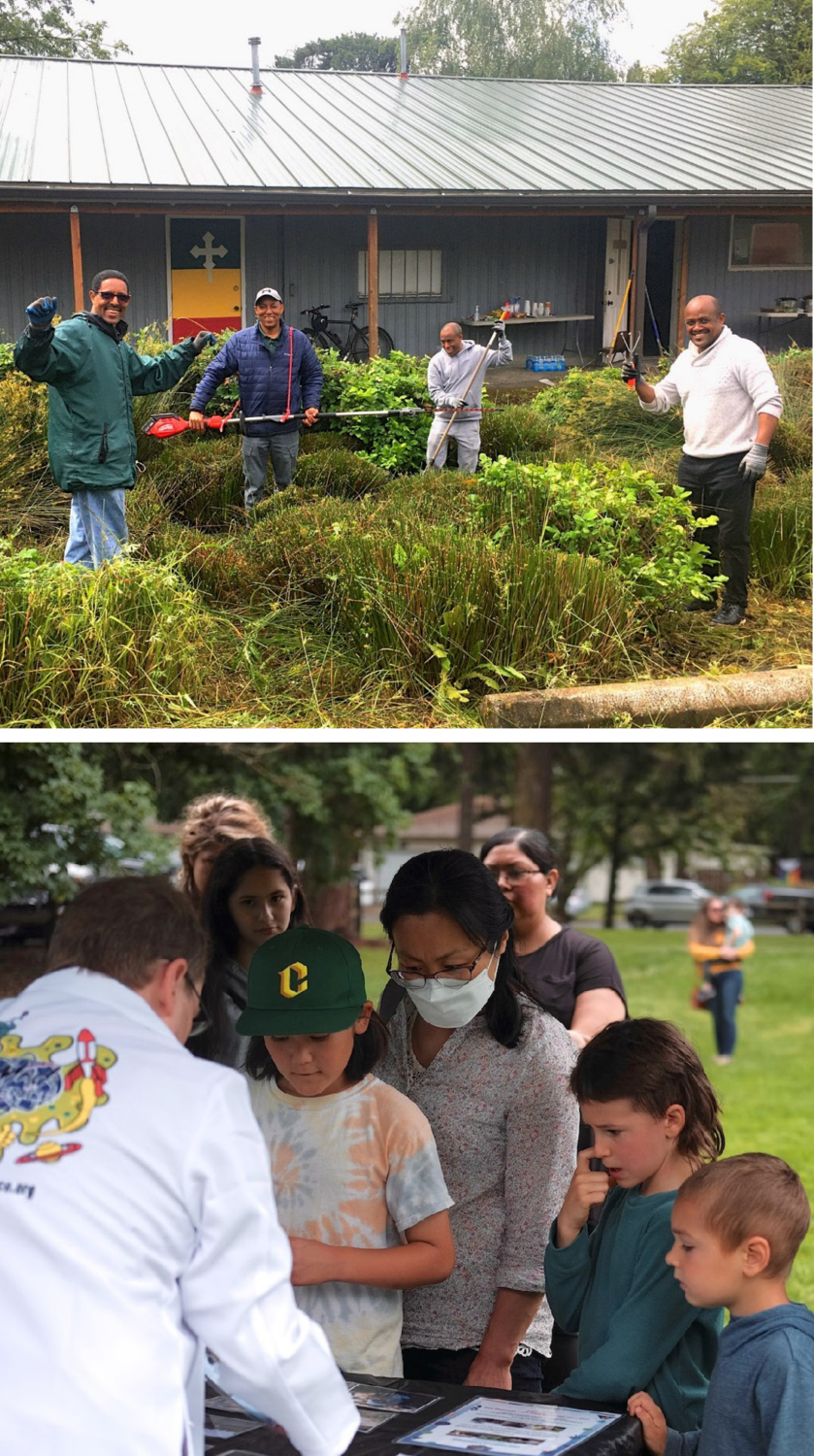
- Build partner capacity through fundraising, administrative,and programmatic support
- Develop culturally relevant programs and storytelling
- Listen and learning about community needs, including the voices of young people
- Collaborate on joint projects with community partners
- Offer and collaborate with partners on workforce development opportunities and support for technical education

- Increase event and program accessibility, including language, mobility, visual aids
- Create story-based messaging that is inclusive and relevant
- to diverse communities
- Build on internal work, defining and prac ticing welcoming customs for external events with community members
- Offer more diverse types of events such as diverse levels of difficulty, languages, and educational topics
- Create opportunities to deepen a connection to the watershed
- Ensure communications and language is current and accessible to diverse communities
- Participate and lead Johnson Creek Inter-Jurisdictional Committee
- Partner with jurisdictions and organizations with shared
- interests on land use and development policies
- Advocate for interests of historically excluded communities
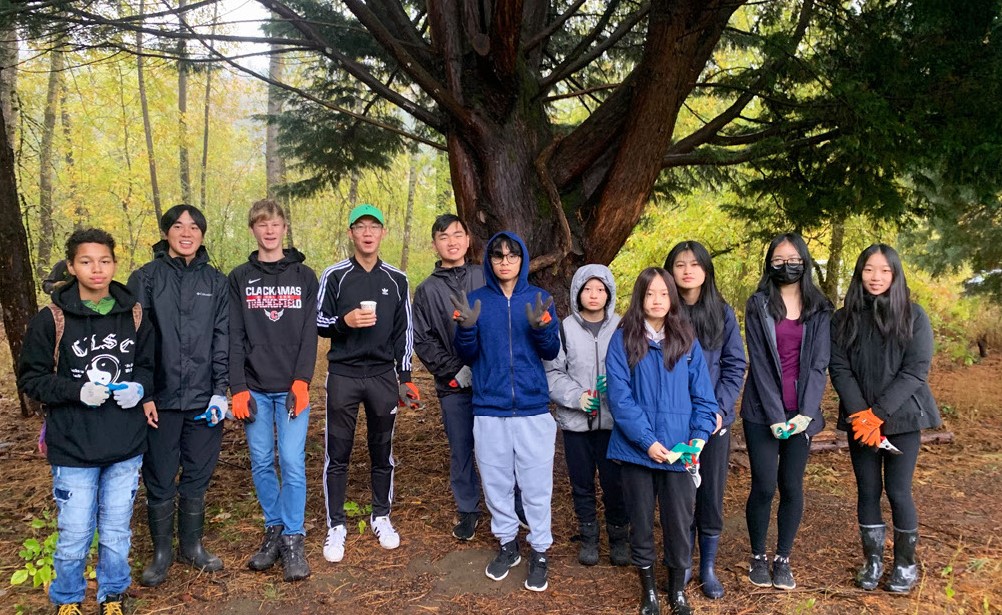

Center Ecosystem Resilience in Watershed Restoration
- Continue assessment efforts to understand stressors and limiting factors
- Consider watershed restoration to include uplands as well as the riparian corridor
- Implement projects that repair historic and existing human caused impacts to the stream
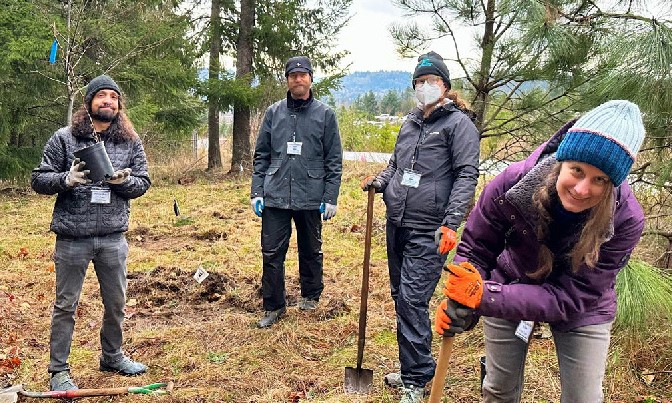
- Manage vegetation for ecosystem health and climate adaptation
- Mitigate for high stream temperatures for threatened and endangered fish
- Explore mitigation for heat in upland and developed
areas to benefit both human and wildlife communities - Implement best practices for infrastructure projects
hat include anticipated changes to hydrology

- Plan with Indigenous groups, for example, incorporate Traditional Ecological Knowledge and First Foods into restoration designs
- Provide opportunities for Indigenous people to participate in paid restoration implementation, especially in a workforce development context
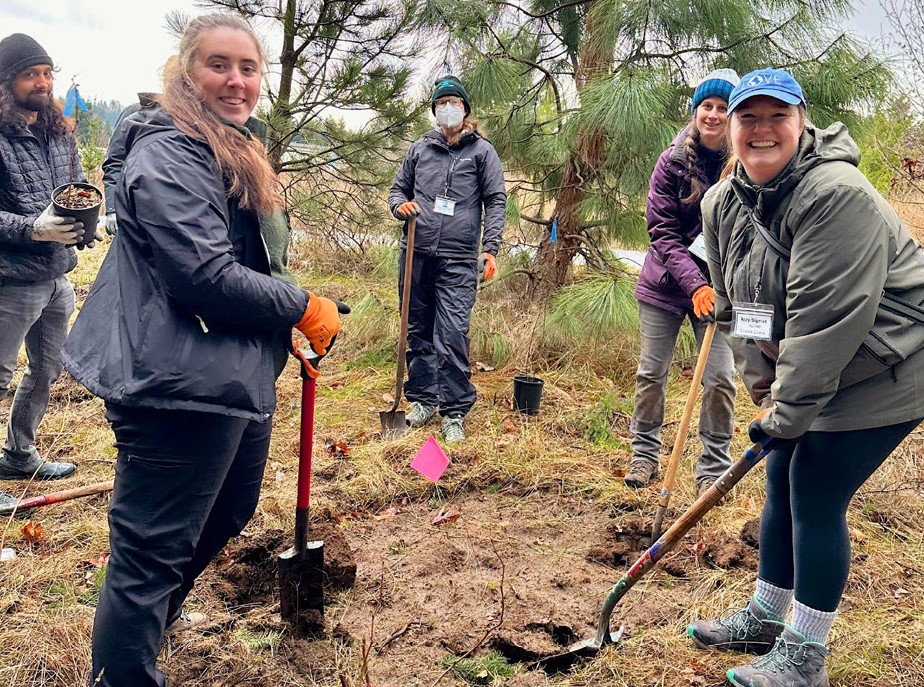
- Collect, analyze, and synthesize relevant monitoring data in preparation to inform the Action Plan update
- Engage jurisdictional partners and other stakeholders in planning process
- Select priority areas for projects and investment of resources and capacity

Strengthen Organizational Capacity for Sustainability and Equity
- Define and practice welcoming customs for board, staff, and committee meetings
- Invest to lower barriers for participation and to be welcoming to all board members, such as providing hybrid meeting access or food at meetings
- Provide new opportunities for volunteer participation
- Explore and implement new inclusive and culturally responsive approaches for recruitment of staff, board, and volunteers
- Energize committee engagement opportunities, including increasing
non-board member participation - Celebrate successes together
- Explore opportunities for equity and inclusion resources and education for staff, board, and volunteers
- Offer trainings to help staff while working with partners and volunteers, and each other, such as trauma-informed practices and cultural responsiveness
- Engage in succession planning
- Provide competitive compensation package (salary & benefits)
that reflects a living wage - Allow flexible work hours
- Increase opportunities for team-building that include both board and staff
- Provide professional development for career interests and training opportunities
- Support sustainable work plan development to mitigate potential burnout and turnover
- Add capacity through strategic use of consultants and contractors

- Deepen relationships with funders to explore opportunities for multi-year funding and general operating support
- Create a development plan with a focus on cultivation of individual
and corporate giving, including long-term funding through legacy donations and the endowment, on fundraising events, and a culture of appreciation for giving at all levels - Collaborate with partners on fundraising
- Improve and simplify information management and IT platforms, including providing training in new and existing technologies
- Improve website and other communications forums to be usable and sustainable for staff
- Plan, identify and secure office and storage locations beyond 2024, the current end date, with consideration of accessibility needs
- Assess and plan for upgrades/new equipment, such as phones and technology for outreach, and a new truck

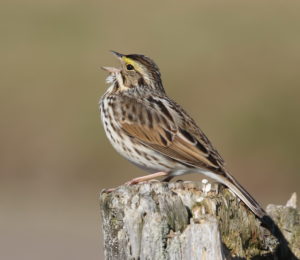
“I thank you for understanding and sharing the need to include all peoples and all creeds in this work of maintaining a vital watershed whose tracery of large and small creeks and rivultes, ponds, and wetlands is essential to sustaing live in what we call the Willamette Valley.”



